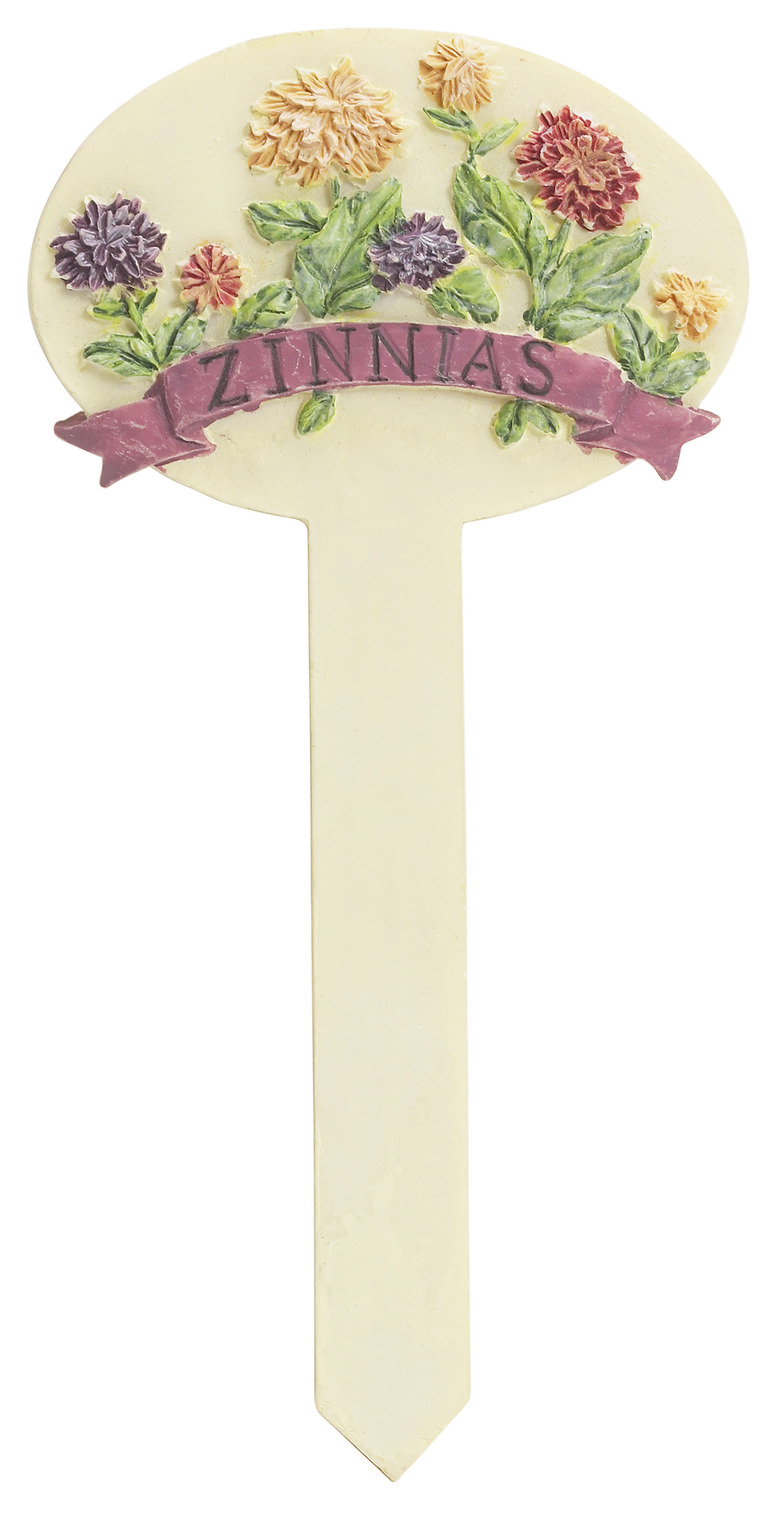How Long Do Zinnias Take To Flower?
If you desire a constant supply of multicolored blooms to grace your home, consider planting easy-to-care-for zinnias. These annual flowers come in every color of the rainbow and range in height from 3 inches to 3 feet tall. Zinnias, which thrive when sown from seed directly in the garden, bloom from early summer until frost.
Step 1
Zinnias are classified as tender annuals, which means you should wait until all danger of frost has passed before sowing zinnia seeds. Select a sunny location and plant seeds 1/4 inch deep in soil that drains well. Expect to see sprouts within a week to 10 days. Zinnias grow quickly, lining flower gardens and sidewalks with green vegetation within four weeks of planting seeds. Because zinnias need good air circulation, thin seedlings when 2 inches high to 18 inches apart. Buds form rapidly along the vegetation and flowers begin to unfurl, depending on the variety, 50 to 70 days after you sowed the seeds.
Zinnia Care
Step 1
Zinnias require minimal care. Water well immediately after sowing the seeds. Keep the soil moist, but not drenched until plants are established. After flowering begins, water only when drought conditions exist. Encourage repeat blooming by deadheading spent flowers. If you desire bushy plants, pinch back stems to the last leaf cluster. Zinnias are hardy in almost all of the lower 48 states. Those who live in the northern reaches of Wisconsin, Minnesota, North Dakota and Montana can still grow zinnias in containers, starting seeds indoors in front of a sunny window in early May and moving them to the deck or patio after the chance of frost has left the area.
Step 2
- Zinnias are classified as tender annuals, which means you should wait until all danger of frost has passed before sowing zinnia seeds.
- Buds form rapidly along the vegetation and flowers begin to unfurl, depending on the variety, 50 to 70 days after you sowed the seeds.
Zinnia Varieties
Step 1
Zinnia elegans comes in every color except brown, blue and black. This genus of zinnia produces single, half-double and double blooms, with most offering thick, tightly packed petals with yellow centers. Zinnia augustifolia is grown primarily in the southeastern United States because of its ability to tolerate drought and heat. Flowers of this zinnia do not fade, look a lot like daisy blooms and do not require deadheading for continued blooming. A newer hybrid, the "Profusion" series of zinnias easily endures heat and humidity, as well as offering an exceptional tolerance to disease.
Step 2
Zinnia Disease
Step 1
Powdery mildew attacks zinnias especially in late summer and early fall. Provide good air circulation to stave off this zinnia-destroying fungus. Another zinnia disease is the seed-borne Alternaria zinniae "Alternaria Blight." This is another fungal disease, attacking zinnias at the end of long, wet summers.
Step 2
- Zinnia elegans comes in every color except brown, blue and black.
- A newer hybrid, the "Profusion" series of zinnias easily endures heat and humidity, as well as offering an exceptional tolerance to disease.
